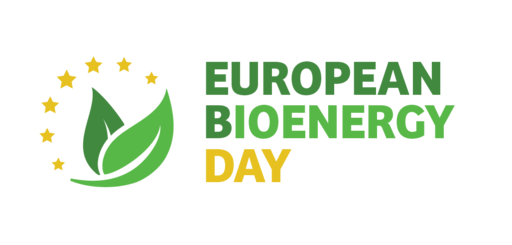Finland: 22 August 2024
Plenty of carbon capture projects planned in the Finnish bioenergy sector
With more than 20 million tons of biogenic CO2 a year, Finland is way bigger than its size in the European context. Its strength relies on a strong commitment to sustainability and innovation. Here, bioenergy is key to reaching climate targets, not just for reducing emissions but because it enables carbon capture, utilization, and storage (CCUS), with already 16 CCUS projects planned.
A story brought to you by:
Bioenergy is Finland’s largest renewable energy source, playing a crucial role in heat production and transportation. It is also key to reaching climate targets, not just for reducing emissions but because it enables carbon capture, utilization, and storage (CCUS).
Finland has excellent opportunities to capture biogenic carbon dioxide from the forest industry, other biorefineries and energy production facilities. Approximately 28 million tons of biogenic carbon dioxide are generated annually from large point sources. This amount is slightly less than the total fossil emissions from the Finnish energy sector in 2022. Long-term storage of biogenic carbon dioxide enables facilities to achieve negative emissions, permanently removing carbon dioxide from the atmosphere, but requires incentives.
There are already announced plans for 16 carbon capture projects across Finland. In these planned projects, carbon dioxide will be primarily used to produce synthetic fuels, which can replace fossil fuels in transportation and industry. The amount of carbon dioxide planned to be captured and utilised in these projects all together is only in the range of 1-1.5 million tons, so there is plenty of additional potential for different solutions.
In the majority of the planned projects, carbon dioxide is utilised near the capture facility. However, this is not possible in all cases, and the captured carbon dioxide needs to be transported elsewhere for use or storage. In such cases, well-designed infrastructure is crucial for investment decisions and the development of the entire industrial ecosystem. CO2-infrastructure includes the necessary intermediate storage facilities inland and, on the coast, as well as the transportation via pipeline, rail, or trucks.
”We believe that to get from the PowerPoint into action we need broad cooperation between the Government, the industry, research organizations, NGOs and the Civil Society to create value not just for businesses but also for the planet. And we are here to help to make that transition happen.”
Erika Laajalahti
Head of Division, area of responsibility: carbon sequestration and CCUS, biochar
About the campaign
The European Bioenergy Day campaign is powered by Bioenergy Europe and relayed across Europe by both national and international partners supporting the view that bioenergy is more than a renewable energy source, it is also a reliable path that will lead Europe to achieve its renewable energy transition.
European Bioenergy Day on Social Media
